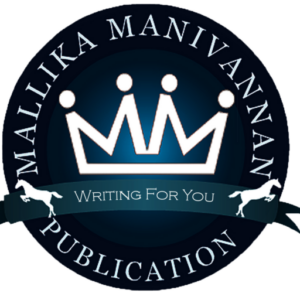It is also known as the Drumstick tree, due to it’s long, thin branches and triangular shaped seed pods. Not only is every part of this tree useful and valuable for good health.
Although modern researchers have only recently discovered and studied the value of Moringa, it has been used since ancient times to treat a wide range of ailments. Today it is a popular health “superfood”

Moringa is said to have the highest protein ration of any plant studied so far, with the leaves containing approximately 40% protein.
Moringa is a powerhouse of important minerals like iron,potassium,magnesium, phosphorus, zinc and calcium, as well as rich in 18 out of the 20 essential amino acids.
Moringa has three times the amount of potassium as bananas, three times the iron of spinach, seven times the amount of Vitamin C found in oranges, as well as large amounts of Vitamin E, B1, B2 and B3.

The leaves can be dried and brewed as a delicious healthy tea. Fresh leaves are a tasty and nutritious addition to any salad.
Moringa leaves are one of the most nutritionally dense leafy greens, as well as being low on the glycemic index (GI), meaning they provide goodness and are rich in fiber, but do not create spikes in blood glucose. For this reason Moringa is a good food source for those wishing to eat a healthy diet as they maintain or lose weight.
Moringa is used to reduce swelling, increasesex drive(as an aphrodisiac), boost the immune system, and increase breast milk production. Some people use it as a nutritional supplement or tonic.
Moringa is used for “tired blood” (anemia) arthritisand other joint pain (rheumatism),asthma,cancer,constipation diabetes,diarrhea,epilepsy,stomach pain, stomach and intestinal ulcers, intestinal spasms, headache,heartproblems,high blood pressure,kidney stones,fluid retention,thyroid disorders,and bacterial, fungal, viral, and parasitic infections.
Catherine Shalini Raja
MPT Cardio

